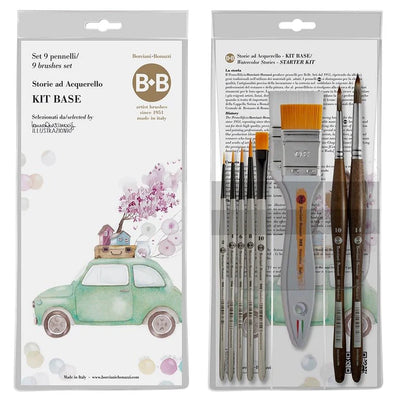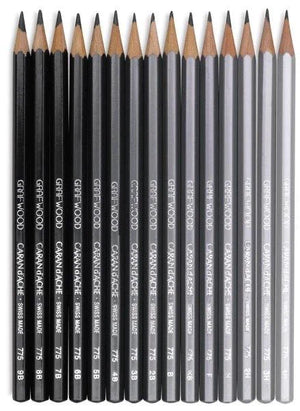Table of Contents
Identifying Acrylic Paint Stains
Initial Steps for Acrylic Paint Removal
Detailed Process for Removing Acrylic Paint
Aftercare Tips and THE SYDNEY ART STORE Solutions
Identifying Acrylic Paint Stains
Acrylic paint is a common medium used in art projects, DIY crafts, and home renovations. When it gets on your clothes, it can leave a stubborn, colourful stain that might seem impossible to remove. However, with the right knowledge and tools, it's entirely possible to get rid of these stains. Before starting the cleaning process, it's important to identify whether the stain is indeed from acrylic paint. Acrylic paint tends to dry quickly and forms a plastic-like layer on the fabric. Its texture is thick and it usually leaves a vibrant mark on the fabric.
Initial Steps for Acrylic Paint Removal
Upon confirming that the stain is from acrylic paint, the first step is to act quickly. Acrylic paint is easier to remove when it's still wet. If you notice the stain immediately, blot it with a dry cloth or paper towel to absorb as much paint as possible. Avoid rubbing or scrubbing as it can spread the stain or push it deeper into the fabric. If the paint has already dried, you can try scraping off as much of it as possible using a dull knife or a spoon.
Detailed Process for Removing Acrylic Paint
For a more thorough cleaning process, you'll need a solvent like rubbing alcohol or acetone. Test the solvent on an inconspicuous area of the garment first to prevent colour fading. If the fabric doesn't react adversely, apply the solvent to the stain and gently blot with a clean cloth. You can also use a soft brush to work the solvent into the stain. After treating the stain, wash the garment as you normally would. Repeat the process if necessary.
Aftercare Tips and THE SYDNEY ART STORE Solutions
Post-cleaning, it's important to check if the stain has completely disappeared before drying the garment. Drying can set the stain, making it more difficult to remove. If the stain persists, you may need to repeat the cleaning process or consider a professional cleaning service. For future prevention, THE SYDNEY ART STORE recommends using an apron or old clothes when dealing with acrylic paint. Moreover, THE SYDNEY ART STORE offers a range of pet-safe, non-toxic acrylic paints on their website, https://thesydneyartstore.com.au/, which are easier to clean and less likely to leave stubborn stains.













